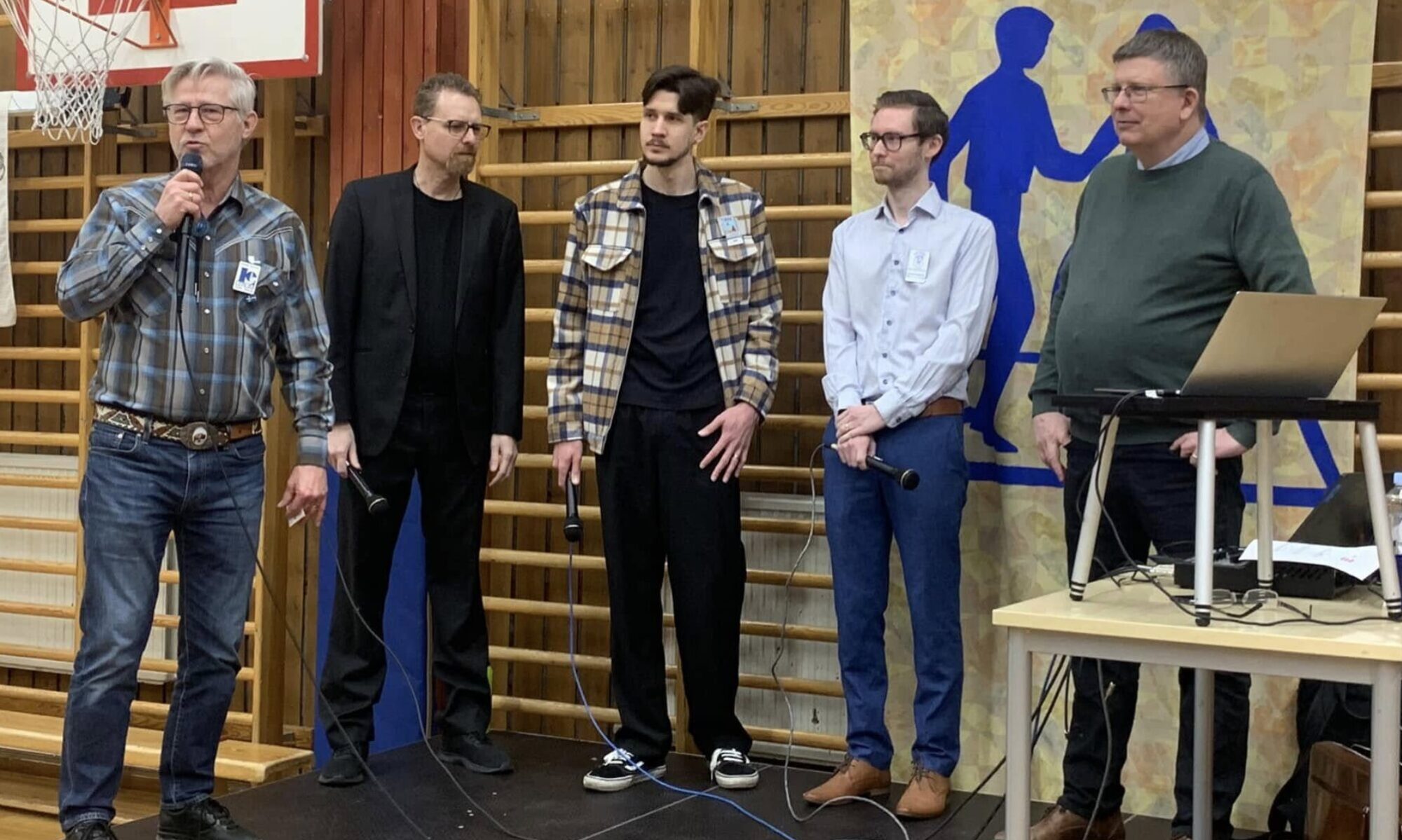Geolocation as an increasingly popular method in online dating software is usually depicted as a means of establishing doubt that helps playful connections with unknown complete strangers while staying clear of exposing the consumer to undesired risk.
Geolocation services are utilized in the current apps on the one hand as relevant means that produced connections between the customer and prospective lovers through physical location, basically the second as warranting skills that can assist a user to figure out whether to faith specific page. Drawing a trajectory from Georg Simmel’s number belonging to the stranger as intrinsic to contemporary urban community, through Stanley Milgram’s common stranger as a determination for structure of social media sites, to an option from the double views of review and embedment natural in geolocation’s capacity to place, most of us identify the stalker as an emblematic number that sounds never as a threatening different, but instead as our very own doubling.
It is actually increasingly becoming popular in matchmaking programs to filtering prospective issues of great curiosity simply through page photographs and messages, also by utilizing geolocation to assist in personal relationships, apparently from the presumption that actual proximity show discussed passion or features. Relationships applications exhibit geolocation in many ways, starting from alerts regarding the proximity in long distances or kms of a provided account in your own place, to a standard signal of place, place or town, as well as a map displaying in which you bring gone through roads with a potential like fees. Users are therefore alerted just about just where confirmed “datable issue” (Rosamond 2018 ) is actually, and also about any of it person’s general temporary position. By doing this geolocation techniques create new kinds of closeness mapping that work both spatially and temporally.
Posted on line:
Shape 1. Happn specifications a compact screenshot of a map that freezes the time a person passed a possible fit, without establishing precise location.
This arrangement of temporary and geographical ideas, you claim in this article, is visible as an affective method of uncertainty and regulation. On the one hand, real area is used as a coordinating method that renders an affinity between the muslim dating usa cellphone owner and possible business partners; whereas, location works as a warranting strategy that a person may use to determine whether to believe an online member profile (material 1995; Walther and areas 2002 ). It really is into the vulnerable mental area between the users’ wish to have the unidentified as well as their stress on the unknown’s ramifications that geolocation functions as a cultural flirtation strategy. You try to identify a stranger you intend to analyze, in the deal being sure that the complete stranger is often trusted, and avoiding subjecting yourself to prospective stalkers; but whilst you’re likewise aiming to get out of area for performativity by yourself plus your potential partner’s parts, enabling a feeling of playful connection. This means that, you must develop adequate anxiety to help make the experiences enticing without appearing any undesirable challenges. Practical question that remains, however, could be the level to which this adds a person during the rankings of this stalker.
Today’s post situates itself in the surfacing industry of studies focused on matchmaking and hook-up apps. Somewhat it gives a cultural-theoretical point of view to deal with on a logical subject with hitherto primarily come investigated the farmland of medical investigations and also in different offices of internet sociology, like those aware by gender, essential battle reports and LGBTQ learning (discover for example Batiste 2013; Stempfhuber and Liegl 2016 ). The pioneering function performed by these grounds deal with numerous includes and interests, however it’s in addition possible to find reoccurring themes across the board: questions of possibilities, anxiety and regulation (Handel and Shklovski 2012; Brubaker, Ananny, and Crawford 2014; Albury and Byron 2016 ), brand-new varieties of closeness (battle 2015; David and Cambre 2016; Moller and Petersen, n.d. ), and brand new layouts of mediated mobilities (Licoppe, 2015; Blackwell, Birnholtz and Abbott 2014 ). Interested in foreground and high light the social historical trajectory among these issues, most of us would like to push this groundbreaking operate into conversation with visual and social historic concepts on urbanity. Our very own wish is the fact that contacting going out with programs out of this viewpoint, can certainly make your research opportunities accessible obvious to a wider audience and motion into the ways evaluating going out with software may notify pre-existing discourses in visual and cultural theory.
